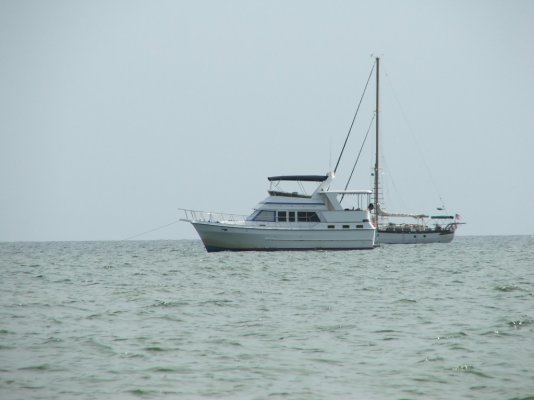surveyor1
Veteran Member
- Joined
- Jan 7, 2009
- Messages
- 42
Or maybe not ...
I'm in the market for a sundeck maybe 40' to 42 '.
My research shows a variety of engine configurations including Lehmans,
Volvos, Cats, Cummins, Perkins and an occasional Yanmar etc.
I currently own a 30' Island Gypsy with a Ford Tempest. It's a British
marinized 2715E Ford block which I thing is bulletproof.
Anyway, somewhere, maybe on this forum I heard at least one disparaging remark re: Volvos and I'm wondering if that was just one person's impression or if there was a consensus of ill will toward Volvos or any other make.
Should I be steering clear of some diesels ?
-- Edited by surveyor1 at 18:44, 2009-01-10
I'm in the market for a sundeck maybe 40' to 42 '.
My research shows a variety of engine configurations including Lehmans,
Volvos, Cats, Cummins, Perkins and an occasional Yanmar etc.
I currently own a 30' Island Gypsy with a Ford Tempest. It's a British
marinized 2715E Ford block which I thing is bulletproof.
Anyway, somewhere, maybe on this forum I heard at least one disparaging remark re: Volvos and I'm wondering if that was just one person's impression or if there was a consensus of ill will toward Volvos or any other make.
Should I be steering clear of some diesels ?
-- Edited by surveyor1 at 18:44, 2009-01-10


